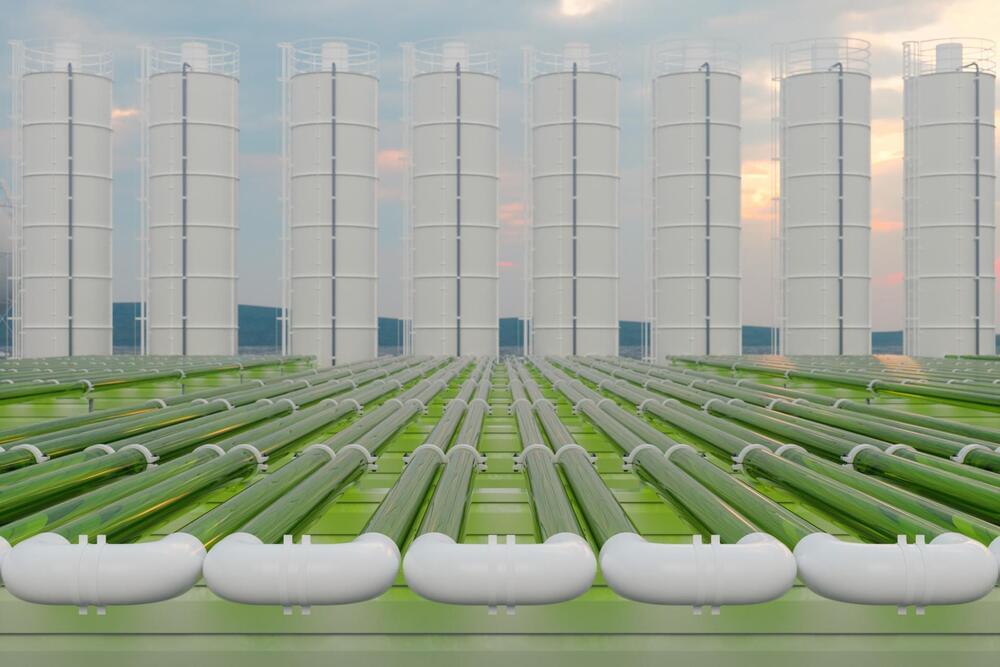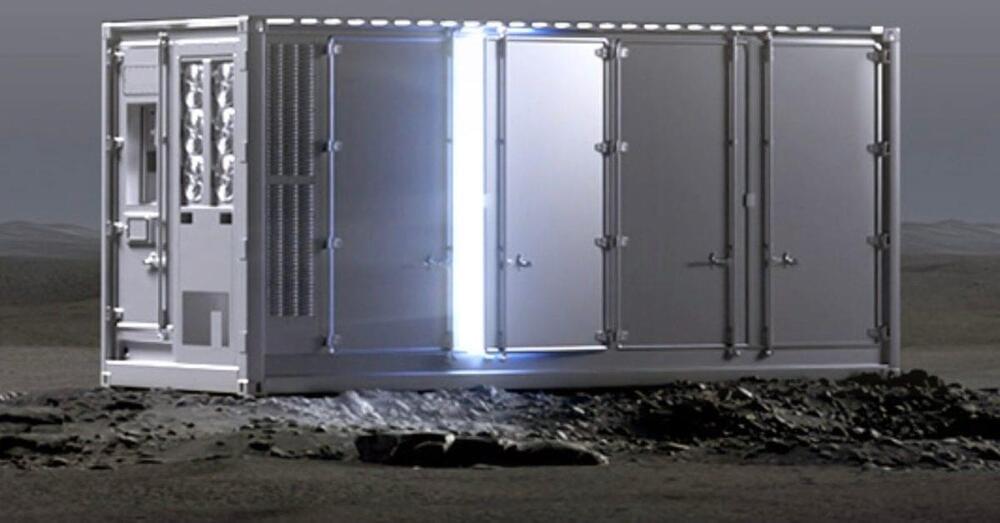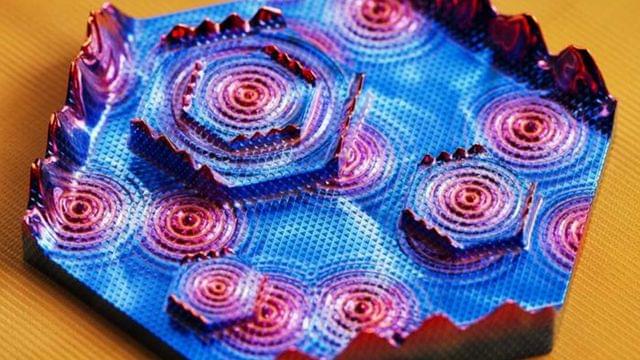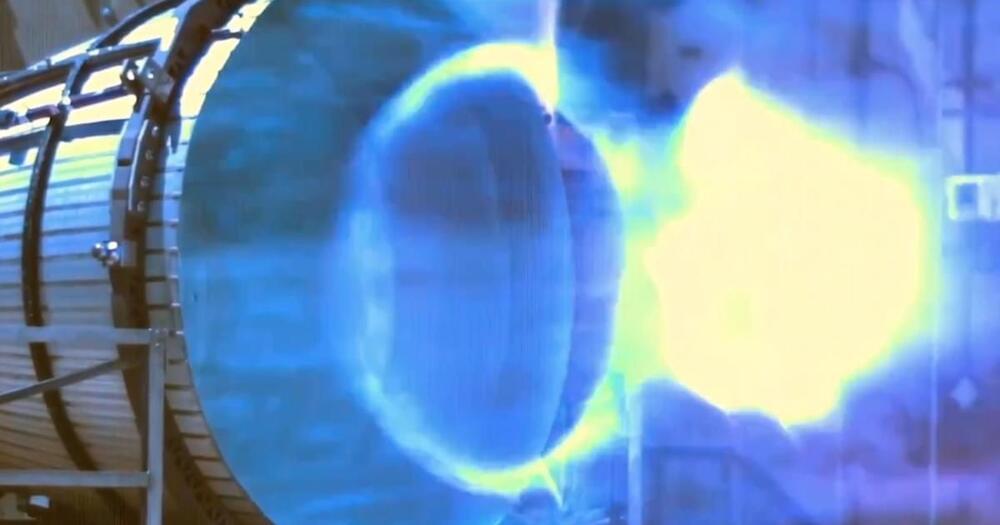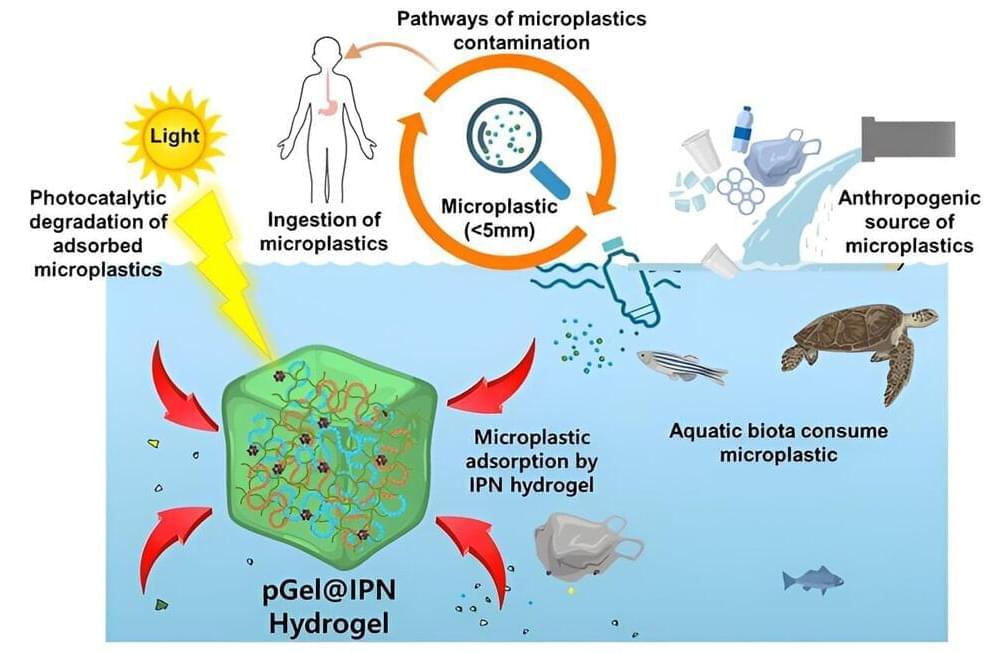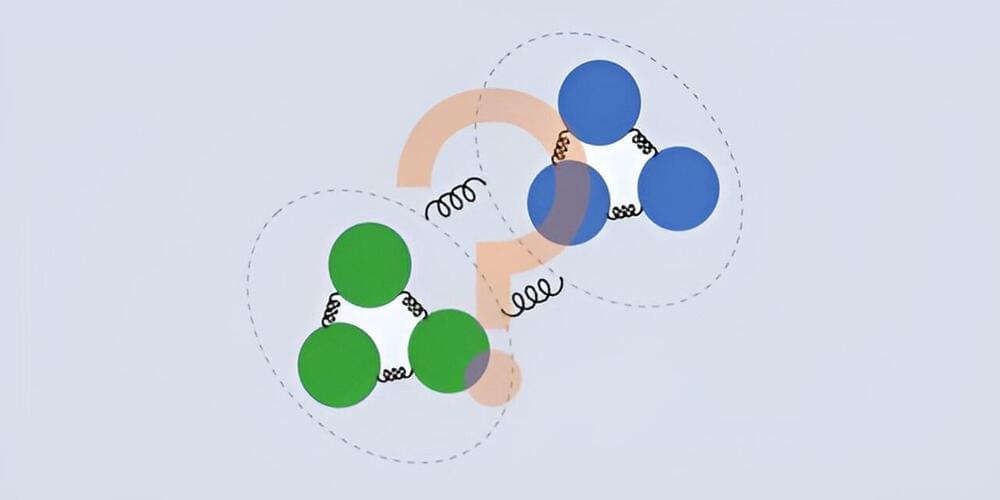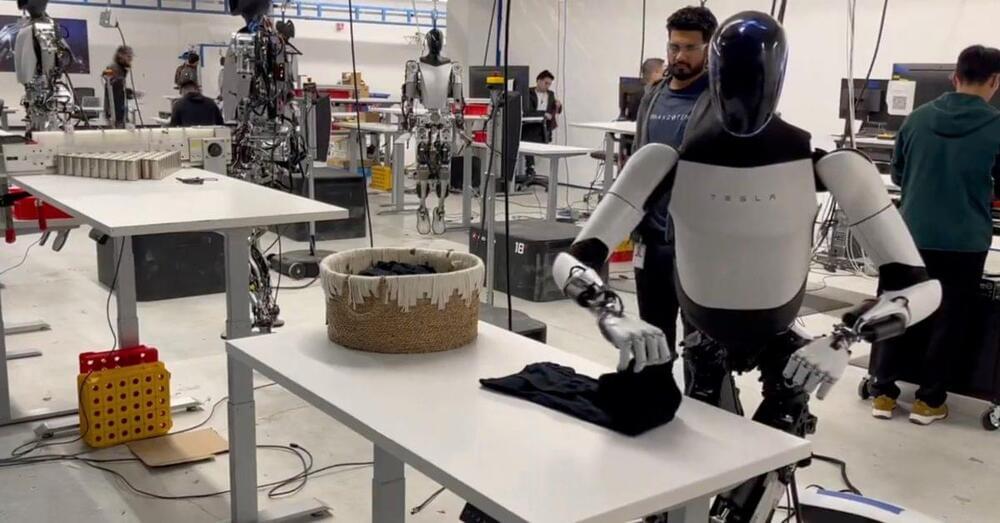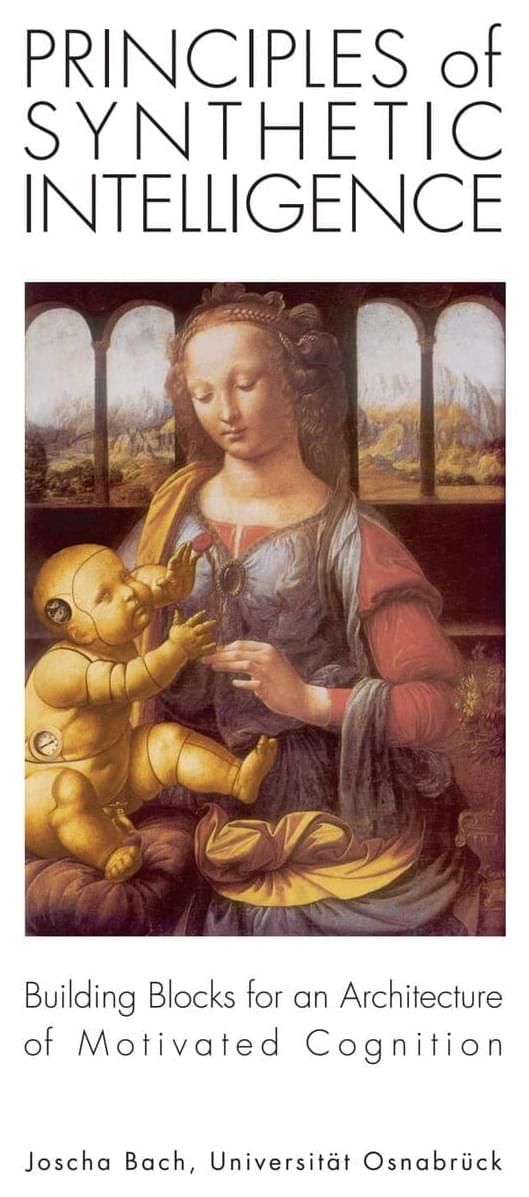An integrated plant that will remove 50,000 tonnes of carbon dioxide every year and create new freshwater from salty seawater is planned in the Daesan Industrial Complex in South Korea. When ready, this will be the world’s first such facility.
As countries work on their promises to go carbon neutral in a few decades, there is a strong push for innovative approaches that capture and utilize carbon. Carbon capture facilities work onsite to help reduce the release of carbon into the atmosphere. In contrast, direct air capture (DAC) technology focuses on removing the released carbon dioxide from the atmosphere.
